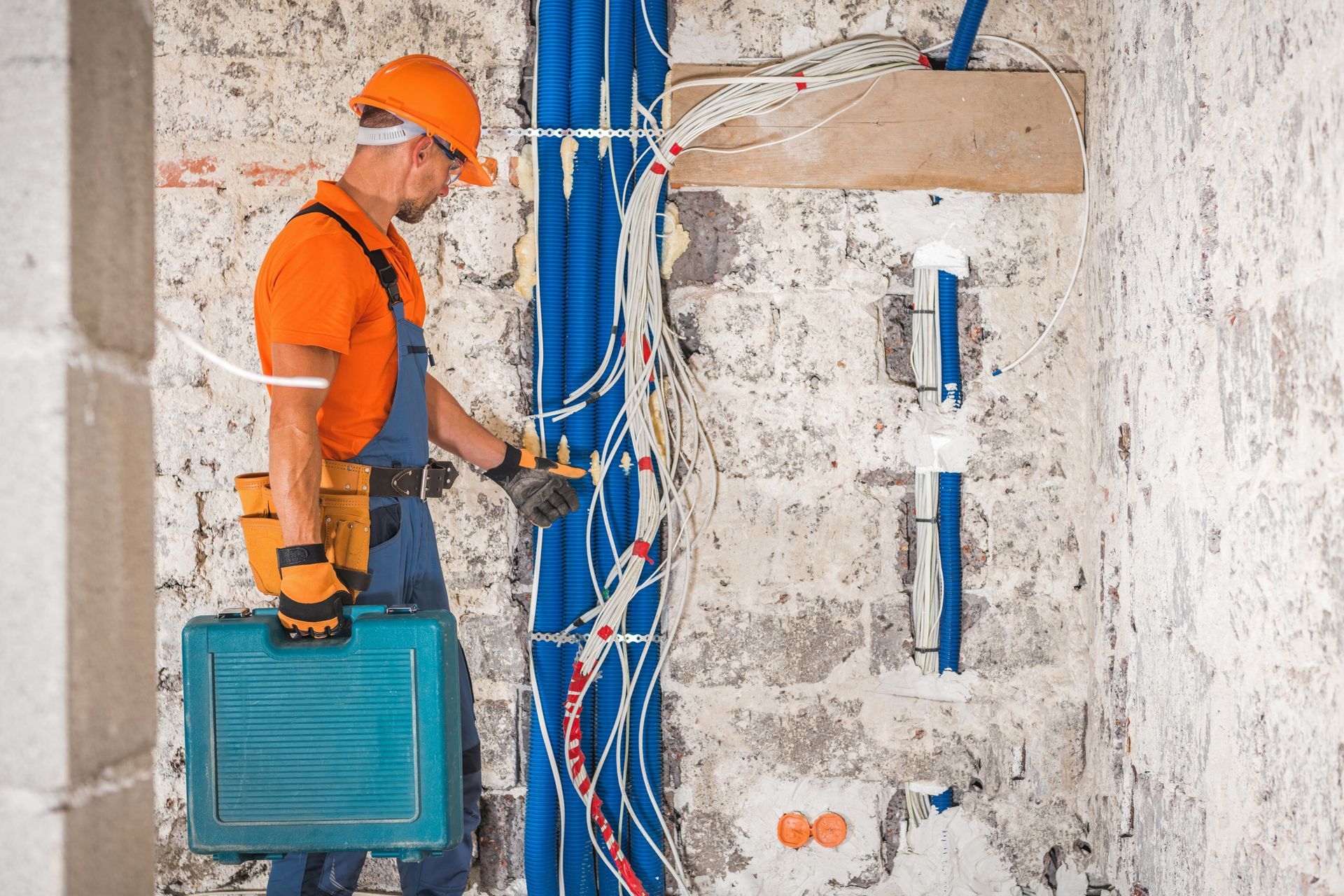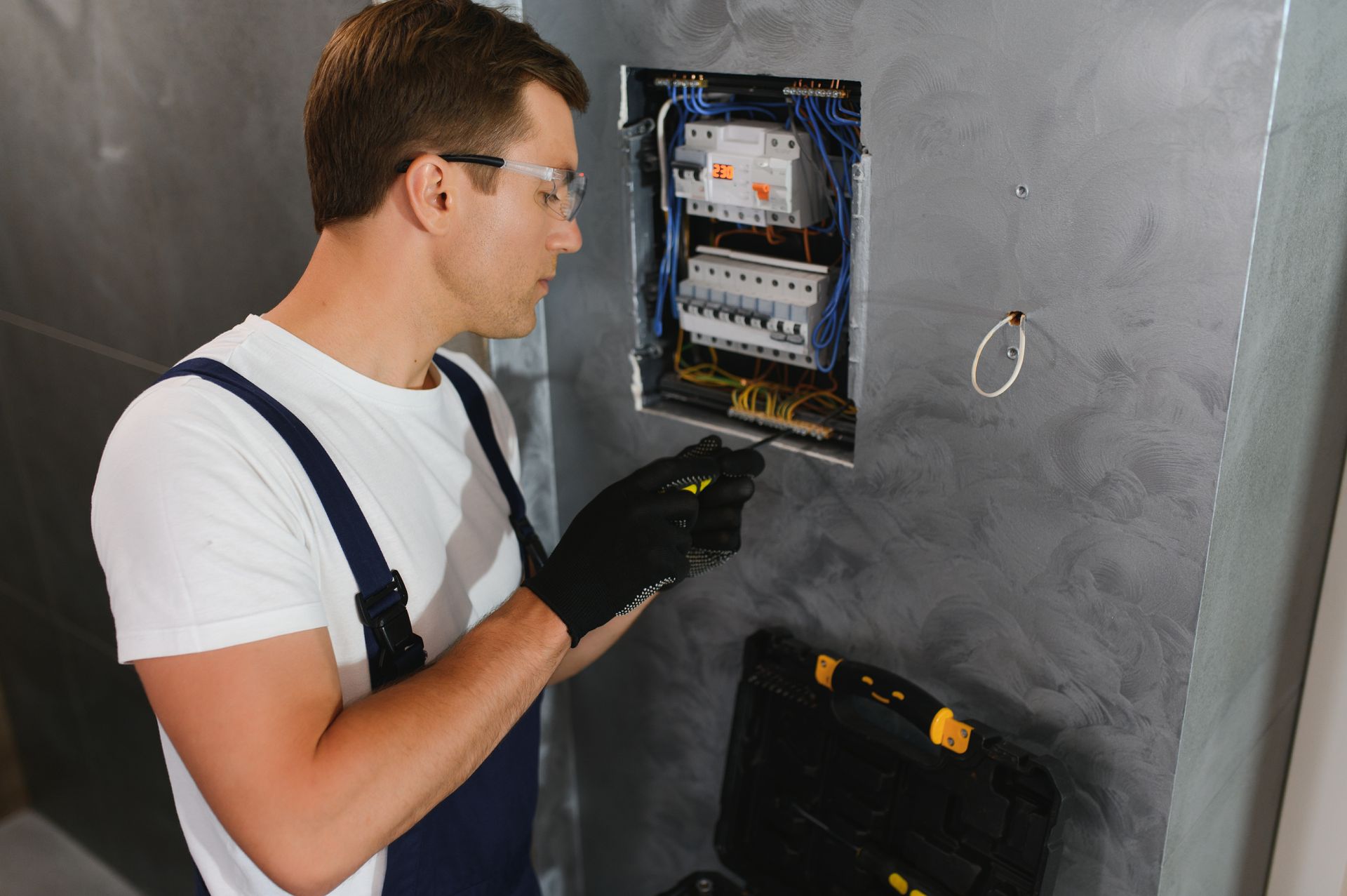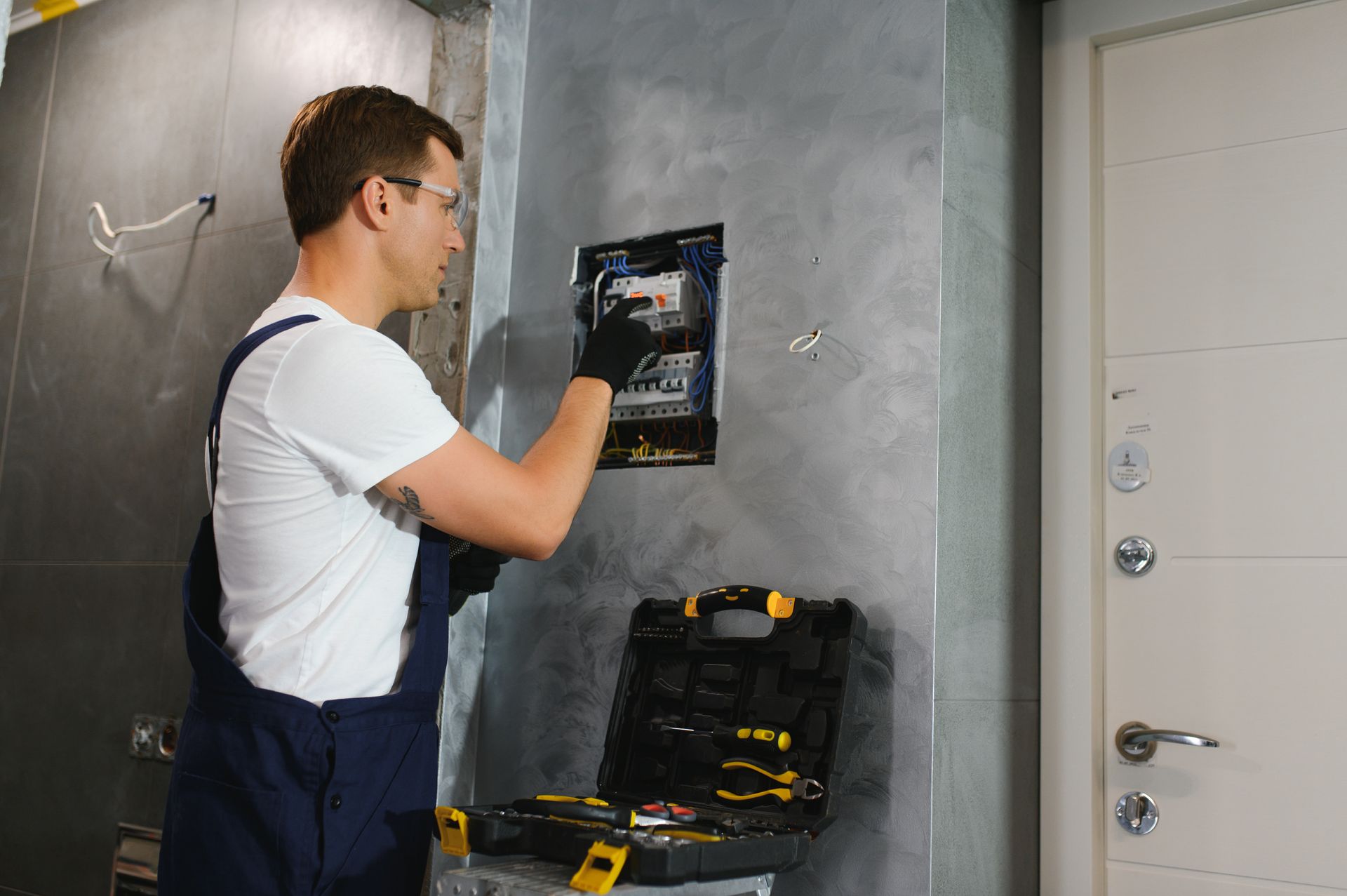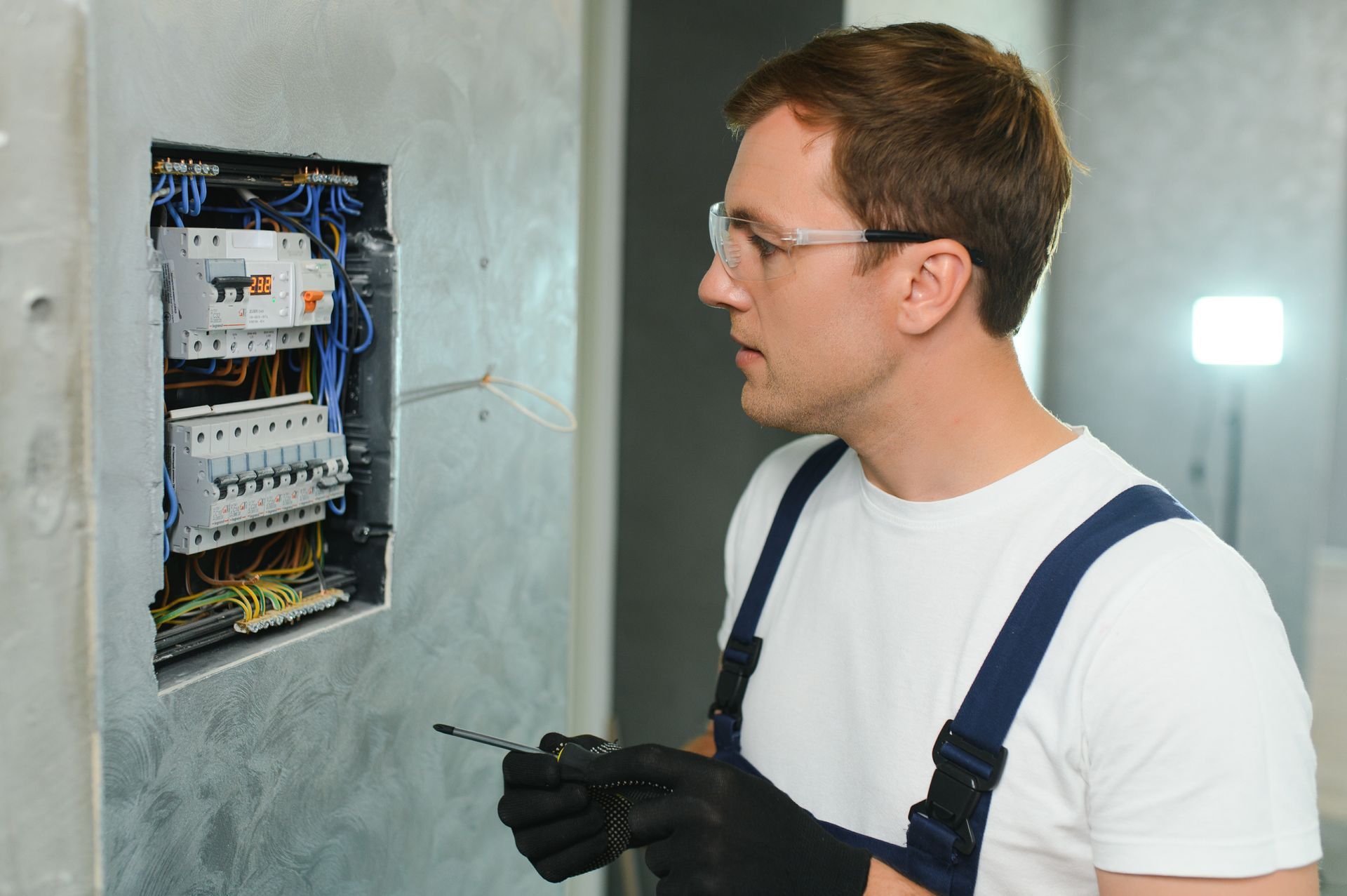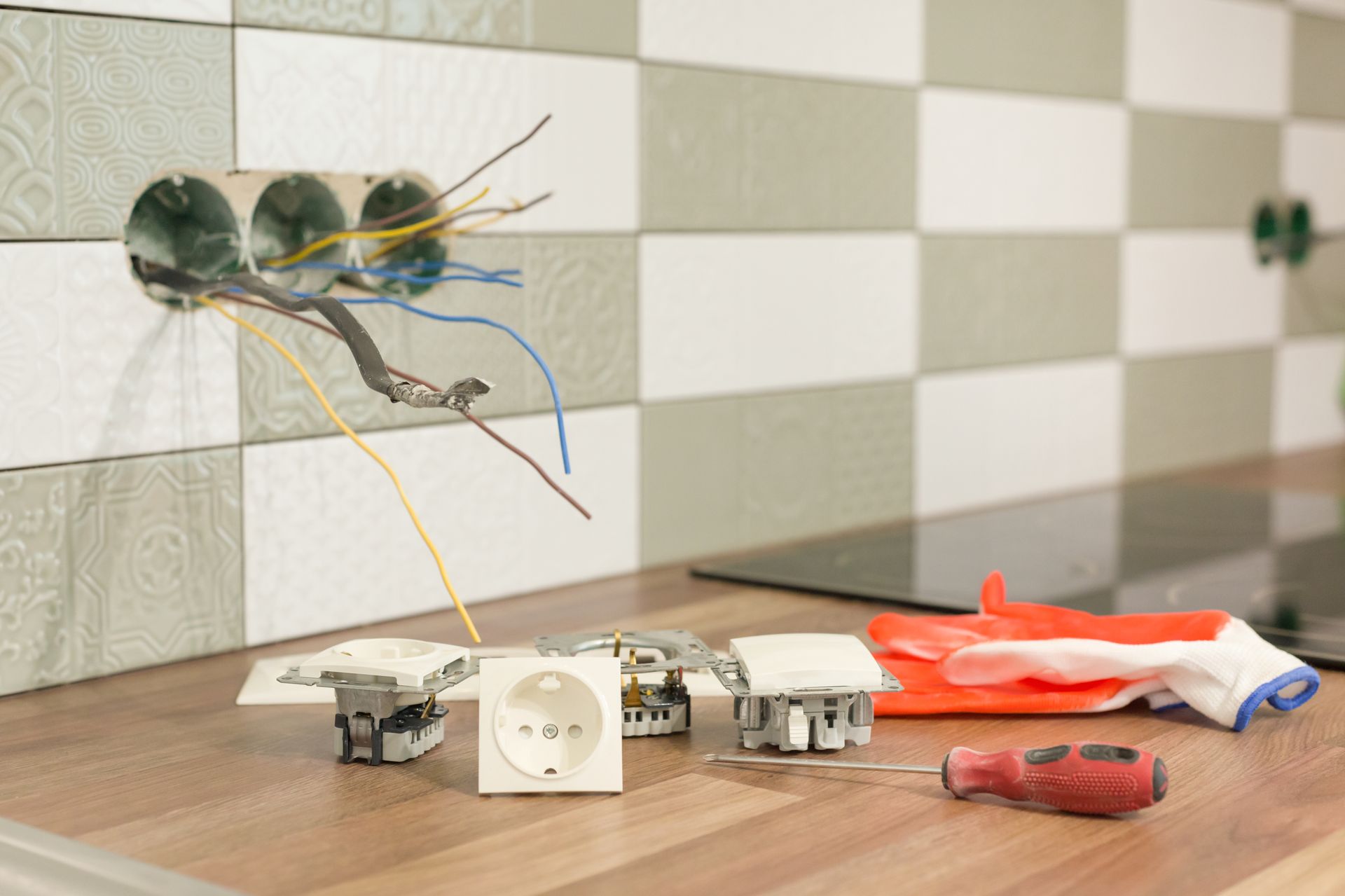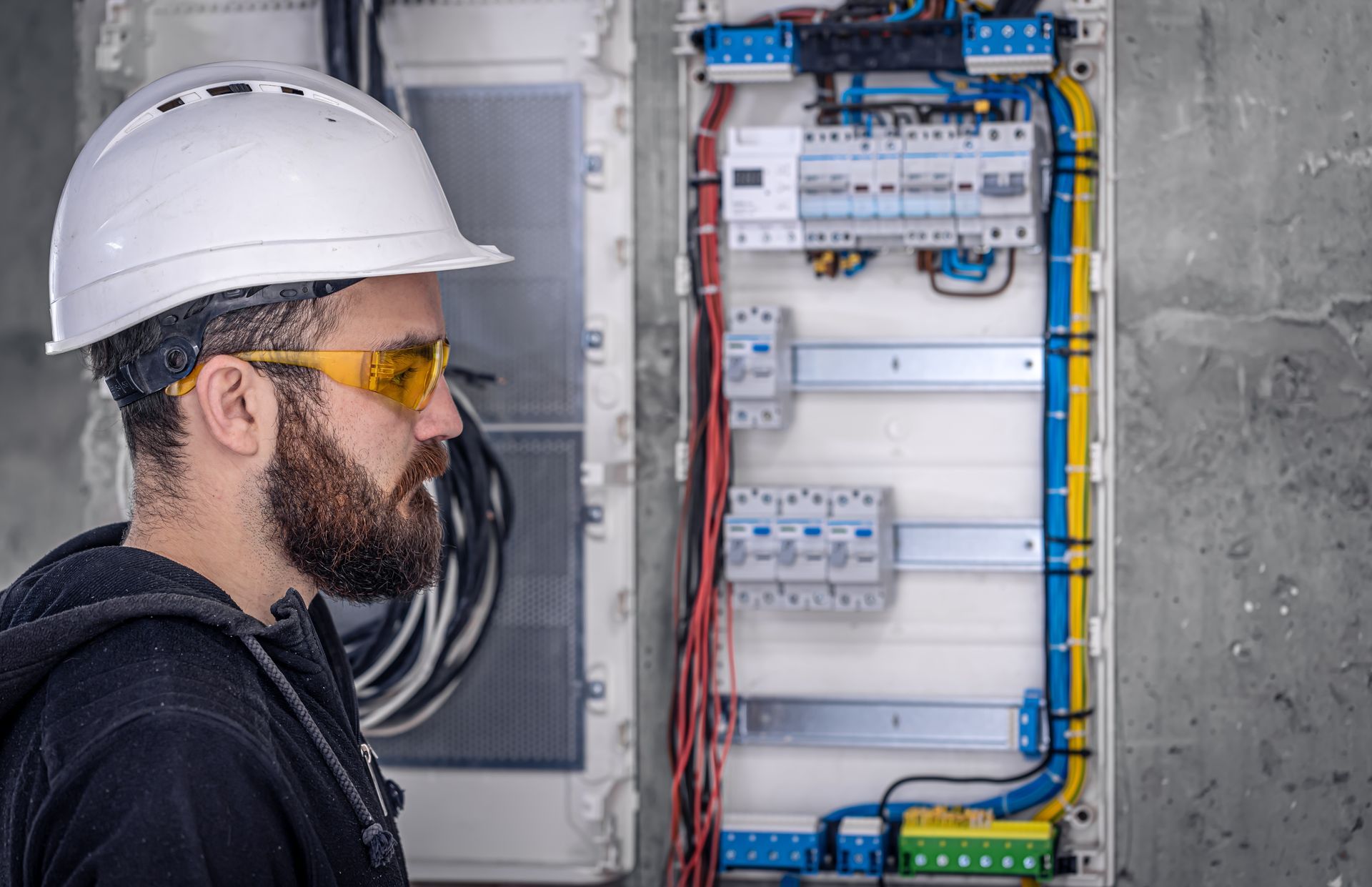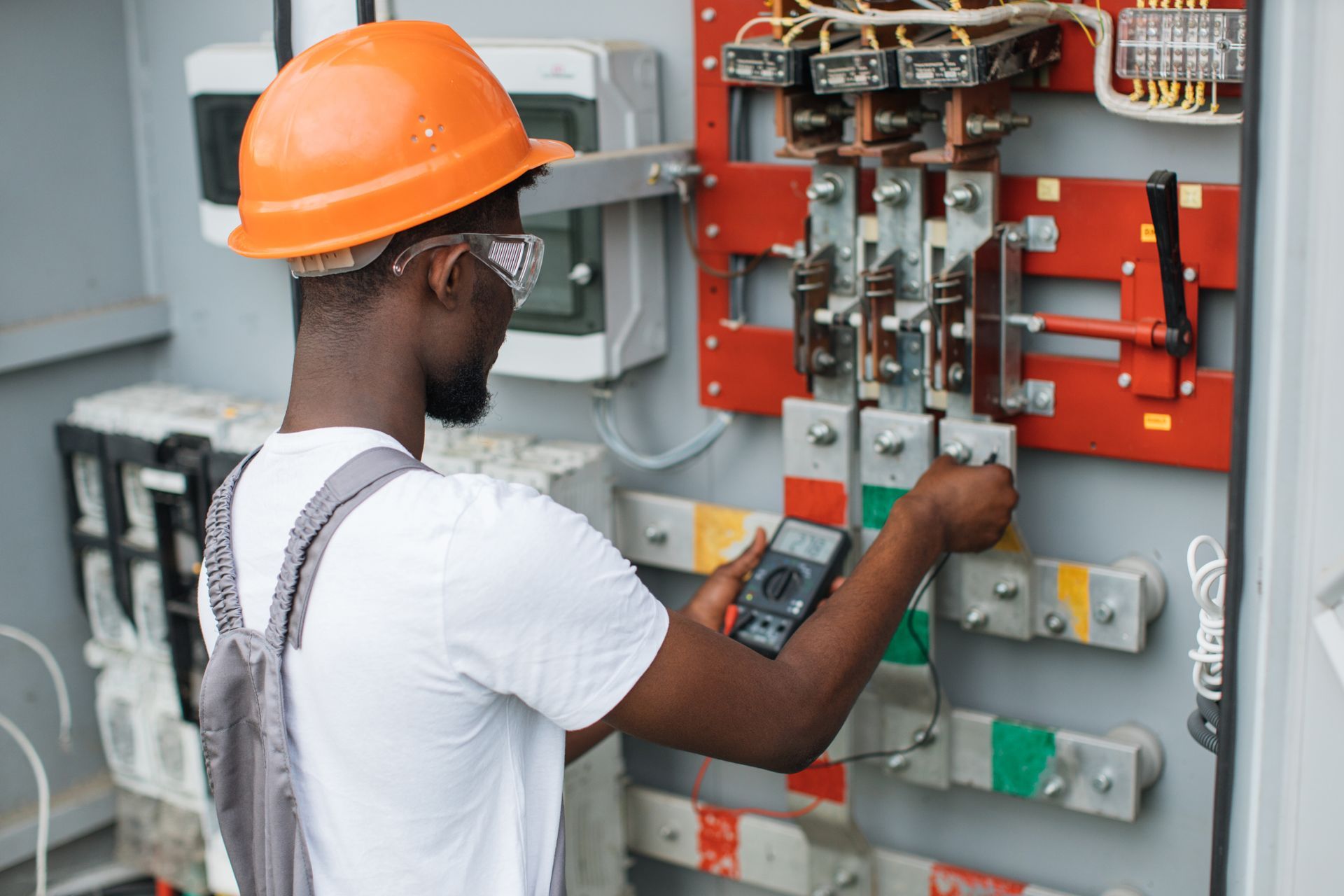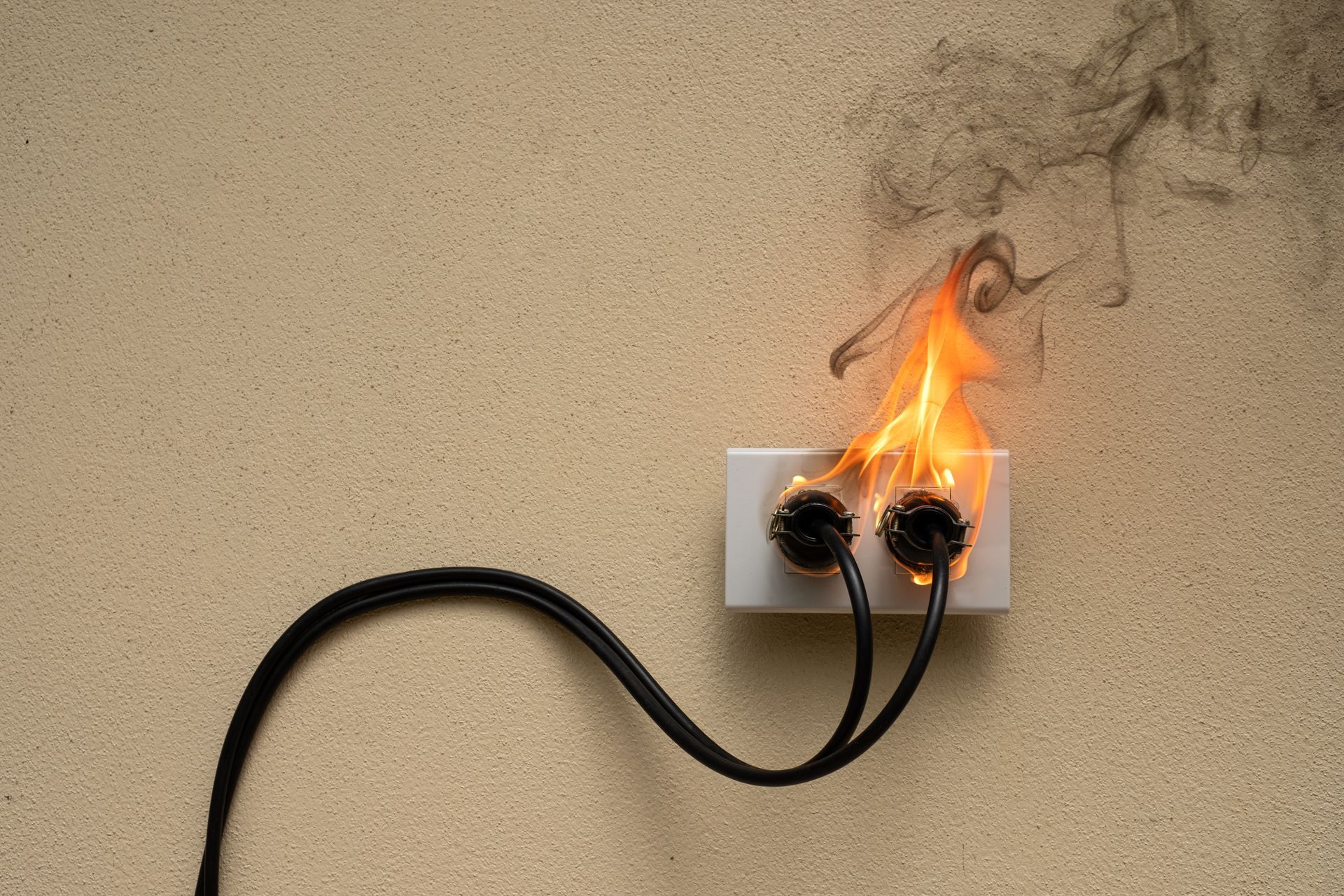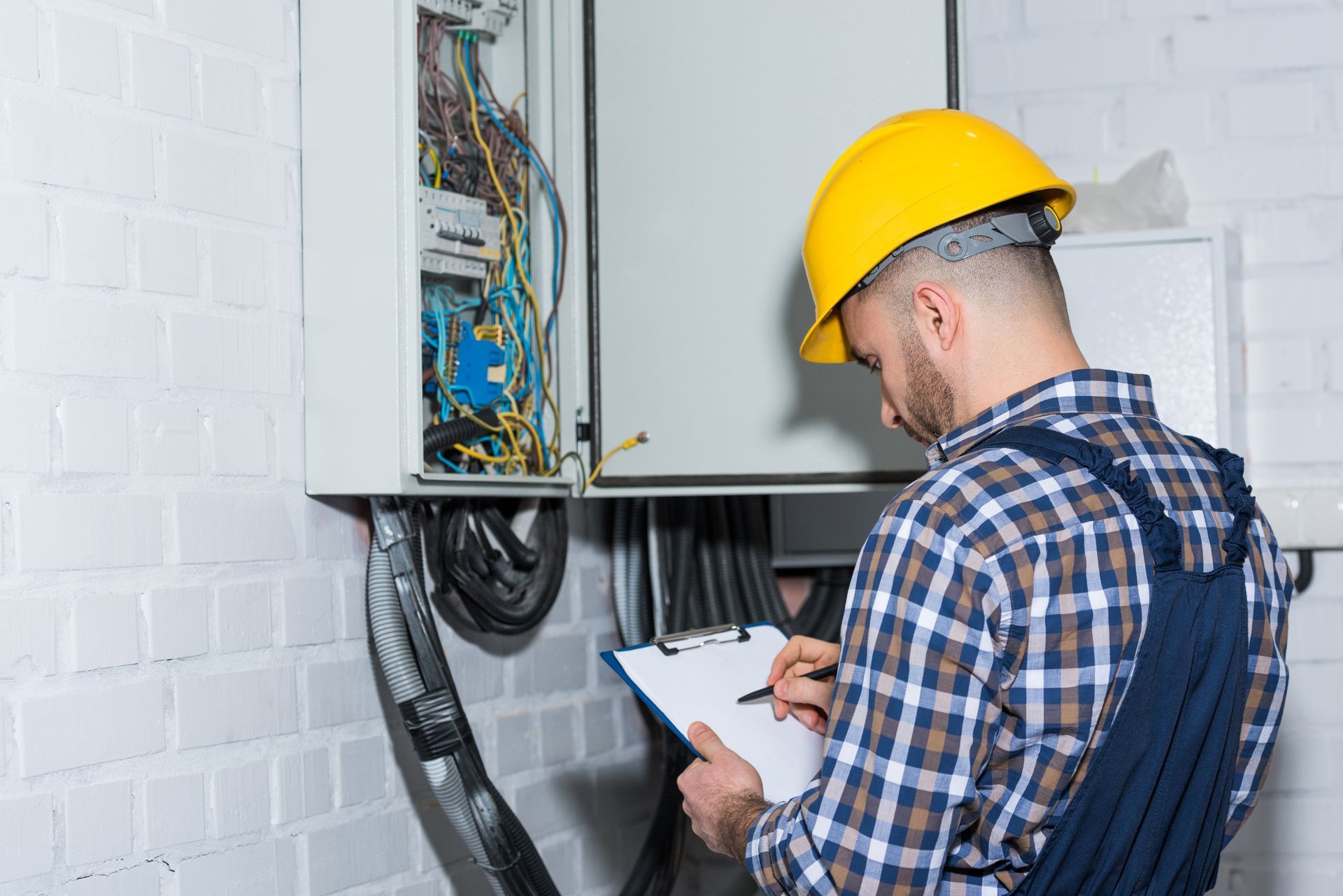The Hidden Dangers of Outdated Electrical Systems
The Hidden Dangers of Outdated Electrical Systems
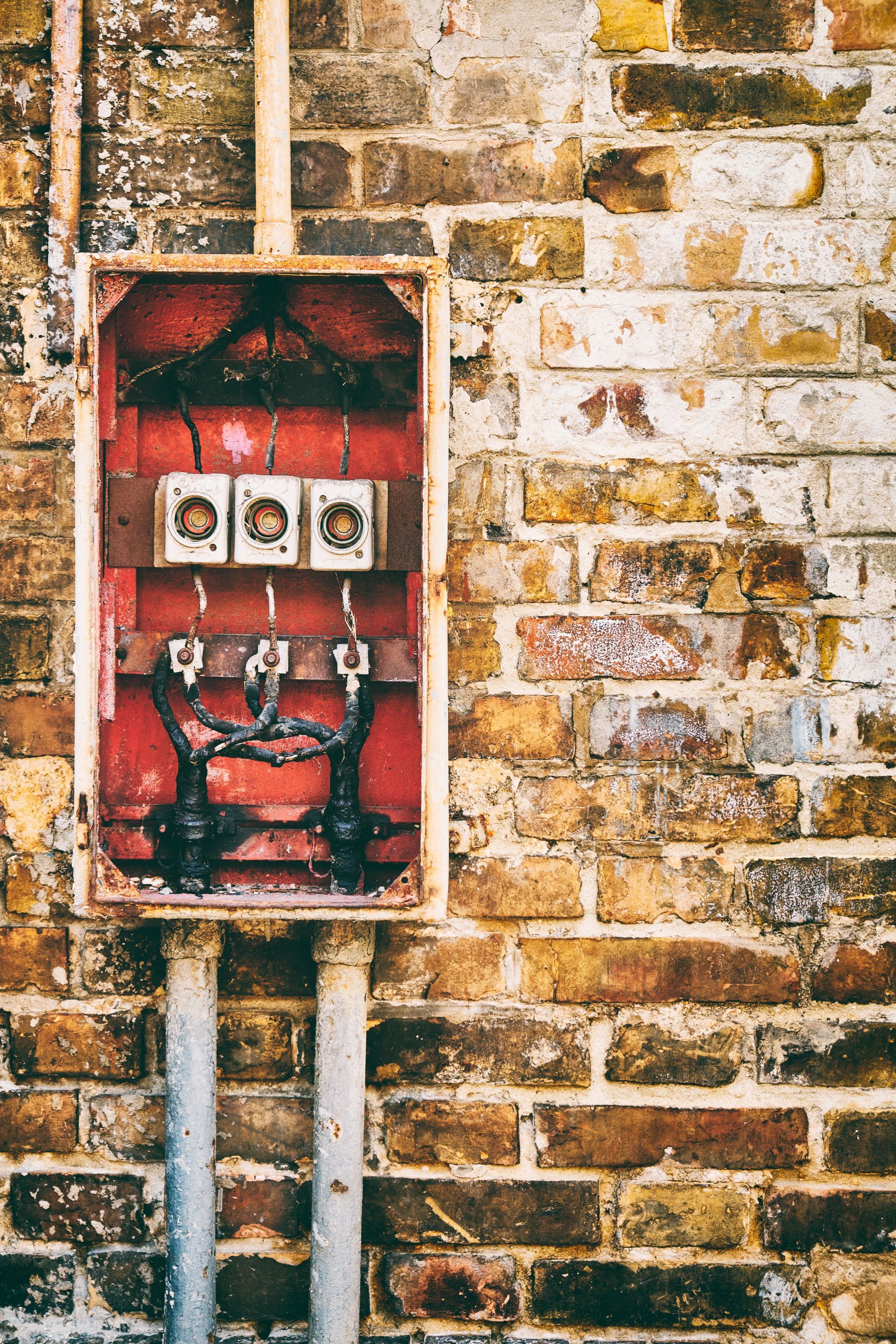
In today’s modern world, electricity powers almost every aspect of our daily lives. From lighting to appliances, entertainment systems to security devices, our homes depend on a reliable and safe electrical system. However, if your home’s electrical wiring is outdated, it can pose serious risks. Many older homes were designed to handle far less electrical demand than what is needed today, and as a result, these outdated systems may struggle to keep up, leading to a variety of safety hazards. Here are some of the key risks associated with outdated electrical systems.
1. Increased Fire Hazard
One of the most serious risks of an outdated electrical system is the increased likelihood of electrical fires. Old wiring materials, such as aluminum wiring used in the mid-20th century, are less reliable and can degrade over time, increasing the risk of overheating and sparks. In addition, outdated breaker boxes may not trip quickly enough to prevent electrical fires in the case of a short circuit or overload.
Solution: Regular inspections by a licensed electrician can help identify and replace faulty wiring. Upgrading to modern wiring materials and breaker boxes can significantly reduce the risk of electrical fires.
2. Frequent Power Outages or Circuit Breaker Trips
If your circuit breaker trips frequently or you experience frequent power outages in certain areas of your home, it could be a sign that your electrical system is overloaded. Older systems often cannot handle the increased electrical load from modern appliances and technology, leading to frequent shutdowns or even damage to sensitive electronics.
Solution: Upgrading your electrical panel and circuits to handle higher loads can help ensure your home’s electrical system runs smoothly without disruptions.
3. Inadequate Grounding
Modern electrical systems are grounded to protect your home and appliances from power surges. However, older homes may not have proper grounding, increasing the risk of electrical shock or damage to appliances. Improper grounding can lead to potentially deadly electric shocks, especially in wet areas like kitchens or bathrooms.
Solution: An electrician can check your home’s grounding system and install grounding rods or update your electrical outlets with Ground Fault Circuit Interrupters (GFCI) where necessary.
4. Overloaded Circuits
With the increasing number of electronic devices and appliances we use today, older electrical systems can become easily overloaded. Many homes built decades ago were not designed to support the electrical demand of computers, large refrigerators, air conditioners, or home theaters. Overloading your circuits can lead to overheating wires, which poses a significant fire risk.
Solution: Circuit mapping, like the services offered by TraceTech Solutions, can identify which circuits are overburdened, allowing you to make the necessary upgrades to distribute the electrical load evenly and safely.
5. No Arc Fault Protection
Arc faults occur when electrical connections are loose or corroded, causing electricity to “arc” or jump through the air. This creates excessive heat, which can easily ignite surrounding materials. Older homes may lack modern Arc Fault Circuit Interrupters (AFCIs), which automatically detect these dangerous arcs and shut down the circuit before a fire can start.
Solution: Installing AFCIs is a simple but highly effective way to prevent arc-related fires. If your home does not have these modern safety devices, consider upgrading your system for enhanced protection.
6. Outdated Electrical Panels
Many homes built before the 1970s still have outdated fuse boxes or low-capacity electrical panels that can’t support today’s energy demands. These panels may lack the capacity to handle modern appliances, and using them can result in blown fuses or tripped breakers. Outdated panels can also become a fire hazard as they deteriorate over time.
Solution: Replacing an outdated electrical panel with a modern one not only improves your home’s safety but also allows you to run more appliances and devices without fear of overloading the system.
7. Lack of Sufficient Outlets
Older homes often don’t have enough outlets to meet the needs of a modern household, leading to overuse of extension cords and power strips. This can increase the risk of overloading circuits and create tripping hazards around the home.
Solution: Adding more outlets to key areas of your home is a simple solution that can reduce the risk of overload and improve safety.
8. High Energy Bills
Outdated electrical systems are often inefficient and may not distribute electricity as effectively as modern systems. This inefficiency can lead to increased energy consumption, driving up your monthly utility bills. Old appliances connected to these systems may also be less energy-efficient, further contributing to higher costs.
Solution: Upgrading your electrical system to meet today’s standards can help you save on energy costs. Modern systems are designed to handle energy more efficiently, reducing waste and lowering your bills over time.
9. Incompatibility with Smart Home Technology
Many homeowners are now adopting smart home technology to increase convenience, security, and energy efficiency. However, outdated electrical systems may not be able to support the requirements of modern smart home devices. This incompatibility can limit your ability to use energy-saving technologies like smart thermostats or home automation systems.
Solution: If you’re planning to integrate smart home technology, ensure your electrical system is up to date. This not only ensures compatibility but also allows you to fully leverage the benefits of smart home devices.
Conclusion: The Importance of Updating Your Electrical System
While your home’s electrical system may still be working, if it’s outdated, it could be a ticking time bomb. The risks of outdated wiring and electrical components include fire hazards, power surges, shocks, and inefficiency, all of which can endanger your family’s safety and increase your energy costs.
TraceTech Solutions offers professional circuit mapping services that can help you identify and address outdated components in your electrical system. By investing in an electrical upgrade, you’ll not only protect your home from potential hazards but also improve energy efficiency, making your home safer and more cost-effective in the long run.


